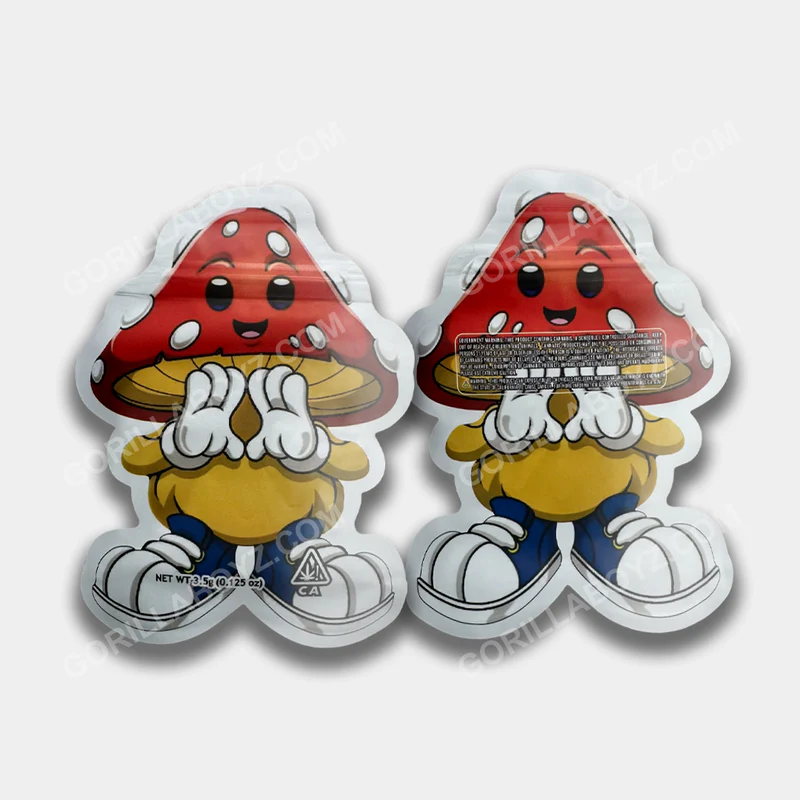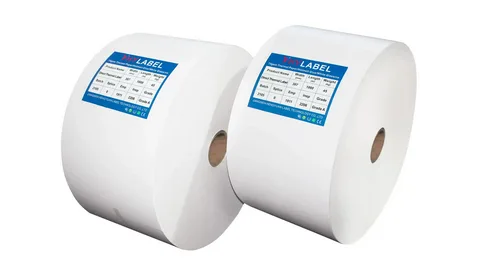Introduction to Mushroom Packaging Bags
In recent years, the packaging industry has witnessed a significant shift towards sustainable solutions. One of the most innovative and environmentally friendly advancements is mushroom packaging bags. These bags are not only biodegradable but also offer a sustainable alternative to traditional plastic and other non-biodegradable materials. Mushroom packaging is derived from mycelium, the root structure of mushrooms, which acts as a natural binding agent. This article delves into the various aspects of mushroom packaging bags, highlighting their benefits, production process, applications, and the future of sustainable packaging.
The Science Behind Mushroom Packaging
Understanding Mycelium
Mycelium is the vegetative part of a fungus, consisting of a network of fine white filaments (hyphae). It is the key component in the creation of mushroom packaging bags. Mycelium binds agricultural waste, such as corn stalks or hemp hurds, into a robust and versatile material. This process not only utilizes waste products but also results in a biodegradable and compostable packaging solution.
Production Process of Mushroom Packaging Bags
The production of mushroom packaging bags involves several steps:
- Preparation of Agricultural Waste: The process begins with the selection and preparation of agricultural by-products. These materials are cleaned and shredded to create a suitable substrate for the mycelium.
- Inoculation with Mycelium: The prepared substrate is inoculated with mycelium spores. Under controlled conditions, the mycelium grows and spreads throughout the substrate, binding it together into a solid form.
- Molding and Shaping: Once the mycelium has fully colonized the substrate, it is placed into molds to form the desired shapes and sizes of the packaging bags.
- Drying and Curing: The molded products are then dried to halt the growth of the mycelium and to enhance the durability of the final product. This process ensures that the packaging bags are ready for use and have a longer shelf life.
Benefits of Mushroom Packaging Bags
Eco-Friendly and Biodegradable
One of the most significant advantages of mushroom packaging bags is their eco-friendliness. Unlike plastic, which can take hundreds of years to decompose, mushroom packaging is fully biodegradable. When disposed of, it breaks down naturally and enriches the soil, leaving no toxic residues.
Sustainable Production
Mushroom packaging utilizes agricultural waste, making it a sustainable production process. By repurposing waste materials, it reduces the need for virgin resources and minimizes the environmental footprint of the packaging industry. If you want to know more information about reasonable mylar bags visit TopUSAPackaging.
Versatility and Strength
Despite being biodegradable, mushroom packaging bags are remarkably strong and versatile. They can be molded into various shapes and sizes, making them suitable for a wide range of applications, from packaging fragile items to creating durable shipping containers.
Cost-Effective
With advancements in production techniques, mushroom packaging is becoming increasingly cost-effective. As the demand for sustainable packaging grows, economies of scale are expected to further reduce costs, making it a viable alternative for businesses of all sizes.
Applications of Mushroom Packaging Bags
Consumer Goods Packaging
Mushroom packaging bags are ideal for consumer goods packaging. They provide a safe and sustainable option for packaging electronics, cosmetics, and other delicate items. The cushioning properties of mycelium ensure that products are well-protected during transit.
Food Packaging
The food industry can greatly benefit from mushroom packaging bags. These bags are non-toxic and can be used to package perishable goods, ensuring freshness while reducing the environmental impact of traditional packaging materials.
Industrial Applications
In industrial settings, mushroom packaging bags can be used for protective packaging of machinery, equipment, and other large items. Their durability and shock-absorbing properties make them an excellent choice for industrial logistics.
The Future of Sustainable Packaging
The rise of mushroom packaging bags signals a significant shift towards more sustainable and environmentally friendly packaging solutions. As consumers become more conscious of their environmental impact, the demand for eco-friendly products continues to grow. Mushroom packaging represents a promising future where packaging materials are not only functional but also contribute positively to the environment.
Innovation and Research
Ongoing innovation and research in the field of mycelium-based packaging are expected to yield even more advanced and efficient production methods. Researchers are exploring ways to enhance the strength, flexibility, and scalability of mushroom packaging, making it an even more attractive option for various industries.
Government and Corporate Support
Support from governments and corporations will play a crucial role in the widespread adoption of mushroom packaging. Policies that promote sustainable practices, along with corporate commitments to reducing carbon footprints, will drive the growth of the mushroom packaging industry.
Consumer Awareness and Demand
Increasing consumer awareness and demand for sustainable products will further propel the adoption of mushroom packaging. As more people prioritize eco-friendly choices, businesses will need to adapt by offering products that align with these values.
Conclusion
Mushroom packaging bags are at the forefront of the sustainable packaging revolution. Their eco-friendly nature, coupled with their versatility and strength, makes them an ideal choice for various applications. As research and innovation continue to advance, mushroom packaging will become even more accessible and cost-effective, paving the way for a greener future. Embracing mushroom packaging is not only a step towards environmental sustainability but also a smart business decision in an increasingly eco-conscious market.

















